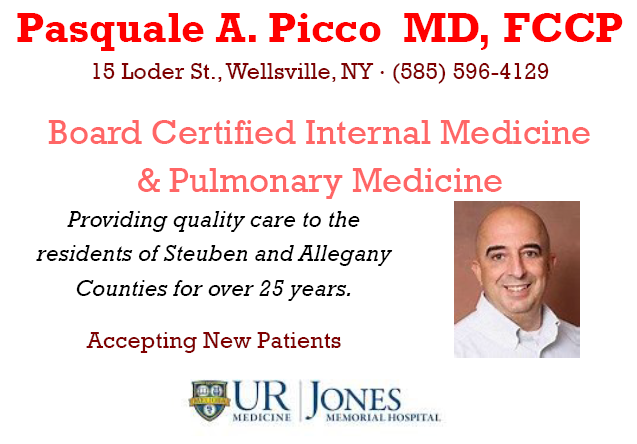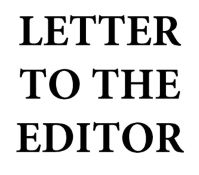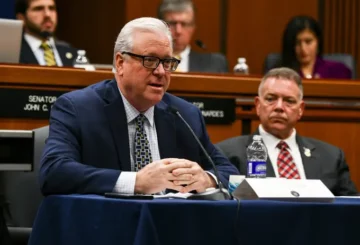“The ripple effects would hit families, local businesses, and the broader economy”
An OPINION by Patty MacEwan, Fillmore, NY
The current government shutdown is partly a fight over tax cuts everyday Americans receive. The Affordable Care Act (ACA), which remains a cornerstone of affordable health care for working families in Western New York supports two groups of working families who often fall through the cracks of our healthcare system.
The first group includes individuals earning more than 138% of the Federal Poverty Level (FPL) — about $21,597 for a single person or $44,367 for a family of four in 2025. (1) Many in this group work jobs that don’t offer health insurance or are between jobs. They qualify for New York’s Essential Plan, which provides comprehensive coverage with no monthly premium and modest copays.

The second group earns more than 200% of the FPL — roughly $31,300 for an individual or $64,300 (1) for a family of four. These families often work full-time but either receive no insurance through their employer or face unaffordable premiums. Without ACA tax credits, they could pay $12,000–$20,000 (2) annually for private insurance. ACA subsidies allow them to buy plans on New York’s health marketplace at significantly reduced costs.
If ACA tax cuts end, both groups — those with too much income for Medicaid but too little for private insurance — risk losing coverage. Uninsured individuals still get sick and would rely more heavily on emergency rooms, straining local hospitals and potentially leading to cuts or closures. Counties could be forced to raise taxes or cut services to fill the funding gap.
The ripple effects would hit families, local businesses, and the broader economy, leading to less consumer spending, slower growth, and fewer jobs. Weakening the ACA tax credits ultimately would jeopardize the health, stability and economic future of Western New York. And, at its worst could see sick people not seeking treatment and prematurely dying.





